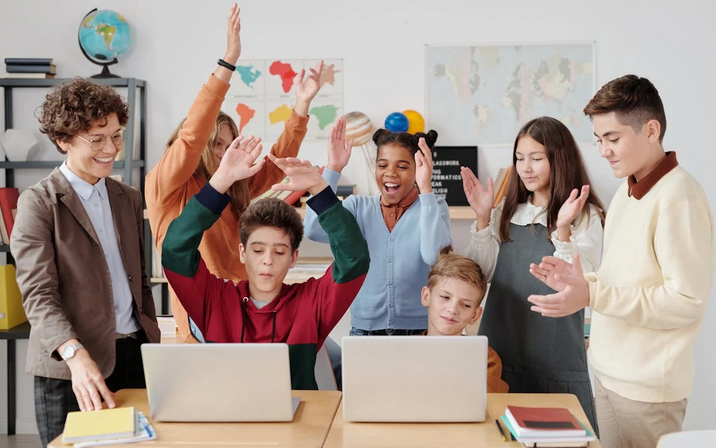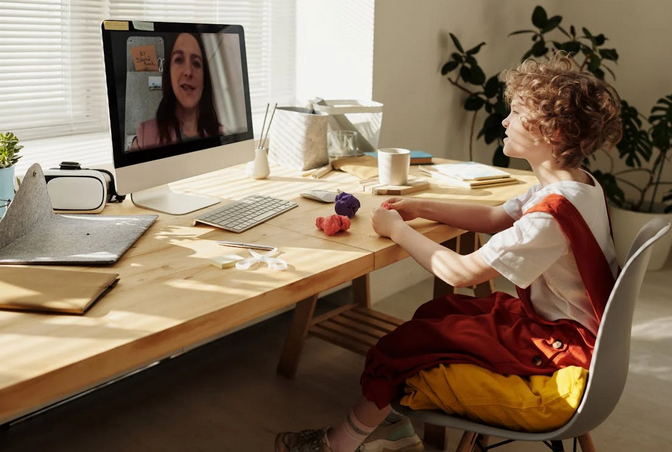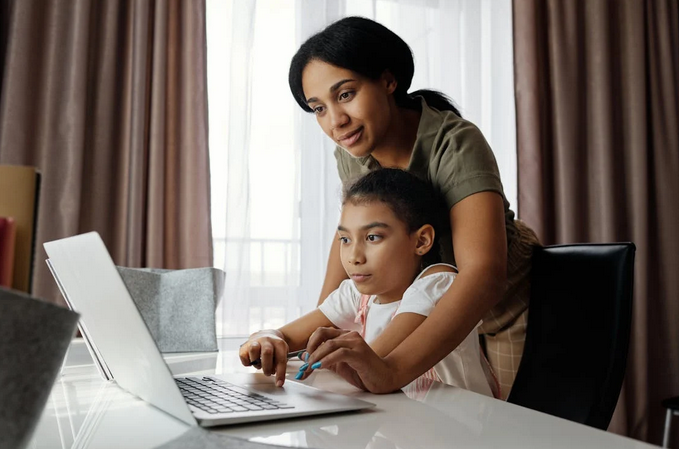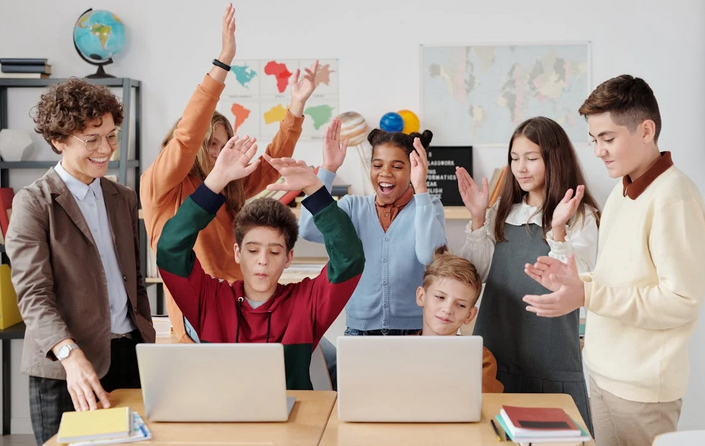
Motivating students can often feel like a daunting task. With distractions lurking everywhere, capturing their attention is more challenging than ever. Yet, the key to fostering engagement lies in understanding what excites and inspires learners. It’s not just about delivering information; it’s about making connections that resonate with their lives. Imagine a classroom where students are eager to participate, ask questions, and dive into discussions. This vibrant atmosphere isn’t just a dream—it can be a reality with the right strategies in place. By tapping into real-life contexts and utilizing innovative teaching methods, educators can spark enthusiasm that leads to deeper learning experiences.
Connect Learning to Real-Life Contexts
Connecting learning to real-life contexts makes education more relevant. When students see how concepts apply outside the classroom, their interest skyrockets. Take math as an example. Instead of just solving equations, show them how budgeting works in everyday life. Discuss expenses like groceries or saving for a trip. This practical approach creates tangible connections between abstract numbers and financial decisions. Similarly, history lessons can come alive through local stories or events that shaped the community. Engaging students with narratives they recognize fosters a sense of belonging and relevance.
Use Active Learning Techniques
 Active learning transforms the classroom into an engaging environment. It encourages students to participate rather than passively absorb information. Incorporating group discussions or problem-solving activities can ignite curiosity. When students collaborate, they learn from each other and deepen their understanding of concepts. Hands-on projects also play a vital role. These allow learners to apply theories in practical situations, making lessons memorable and relevant. Utilizing technology is another excellent strategy.
Active learning transforms the classroom into an engaging environment. It encourages students to participate rather than passively absorb information. Incorporating group discussions or problem-solving activities can ignite curiosity. When students collaborate, they learn from each other and deepen their understanding of concepts. Hands-on projects also play a vital role. These allow learners to apply theories in practical situations, making lessons memorable and relevant. Utilizing technology is another excellent strategy.
Provide Timely and Constructive Feedback
Timely and constructive feedback can transform a student’s learning experience. When students receive input shortly after completing an assignment, they can connect the dots between their actions and your insights. This immediacy fosters growth. Constructive feedback should aim to be specific and actionable. Instead of merely pointing out errors, highlight what was done well alongside areas for improvement. This balanced approach encourages resilience in learners. Encouraging self-reflection is another vital aspect of effective feedback. Ask guiding questions that prompt students to evaluate their work critically.
Incorporate Varied Teaching Methods

Diversity in teaching methods keeps students engaged and excited. When lessons vary, they cater to different learning styles. Some thrive on visual aids, while others prefer hands-on activities or auditory instruction. Introduce multimedia resources like videos and podcasts. These tools can present content in a fresh way that captures attention. Group projects encourage collaboration, fostering social skills alongside academic growth. Gamification is another exciting approach. Incorporating game-like elements into lessons makes learning feel less like a chore and more like an adventure.
Boosting student motivation and engagement requires a multifaceted approach. By connecting learning to real-life contexts, educators can make lessons more relevant and meaningful. Active learning techniques invite students to participate actively in their education, fostering deeper understanding. These strategies not only enhance academic performance but also foster a love of learning that lasts beyond the classroom walls. When students feel motivated and engaged, they are more likely to develop critical thinking skills and become lifelong learners. Embracing these approaches creates an enriched educational environment where both teachers and students can flourish together.






 The various science disciplines involve experiments conducted in the lab so that learners can observe the reactions and results. For example, Chemistry has experiments involving mixing two or more substances and observing the reactions. For example, an acidic liquid can be added to a litmus solution to see the color changes.
The various science disciplines involve experiments conducted in the lab so that learners can observe the reactions and results. For example, Chemistry has experiments involving mixing two or more substances and observing the reactions. For example, an acidic liquid can be added to a litmus solution to see the color changes.  Some of the concepts taught in various science disciplines are abstract, for example, the atom in Physics, enzymes and hormones in Biology, and many others. Since such things can only be imagined, the teacher needs some aids to help learners grasp those concepts. Using PowerPoint to present such ideas in pictorial format help the teacher to explain those things more clearly for the learners to understand them better. Colored and well-labeled pictures would be best to explain such intangible things.
Some of the concepts taught in various science disciplines are abstract, for example, the atom in Physics, enzymes and hormones in Biology, and many others. Since such things can only be imagined, the teacher needs some aids to help learners grasp those concepts. Using PowerPoint to present such ideas in pictorial format help the teacher to explain those things more clearly for the learners to understand them better. Colored and well-labeled pictures would be best to explain such intangible things.


 You may end up losing so many marks because of the quality of work presented. Take your time to research and find the best assignment help service. They should also have people who are qualified for the task. The level of education of the writers or people who will be doing your assignment matters. You should also look for those who are familiar with your course. Using an online
You may end up losing so many marks because of the quality of work presented. Take your time to research and find the best assignment help service. They should also have people who are qualified for the task. The level of education of the writers or people who will be doing your assignment matters. You should also look for those who are familiar with your course. Using an online  assignment done by other people can affect the level of understanding in a particular subject. This is not the case because most homework helps services have qualified writers who will carry out some thorough research and add a few things your lecturer has not taught you. You should try them out to enjoy the benefits.
assignment done by other people can affect the level of understanding in a particular subject. This is not the case because most homework helps services have qualified writers who will carry out some thorough research and add a few things your lecturer has not taught you. You should try them out to enjoy the benefits.
 This is a non-fiction book summary service with thousands of book abstracts. In their library, different titles are added daily. Each summary is structured as a self-contained narrative that can be listened to or read in about 15 minutes. Blinks are subdivided into various sections for easy comprehension. They have an introduction that offers you an idea of what the book is about and pieces of actionable advice.
This is a non-fiction book summary service with thousands of book abstracts. In their library, different titles are added daily. Each summary is structured as a self-contained narrative that can be listened to or read in about 15 minutes. Blinks are subdivided into various sections for easy comprehension. They have an introduction that offers you an idea of what the book is about and pieces of actionable advice.
 When you choose online education, you will note that all the needed learning materials and lecturers are offered through digital platforms and this will enable you to access them quickly. Also, you can read from the comfort of your home since you will not take public transport to get to school.
When you choose online education, you will note that all the needed learning materials and lecturers are offered through digital platforms and this will enable you to access them quickly. Also, you can read from the comfort of your home since you will not take public transport to get to school.